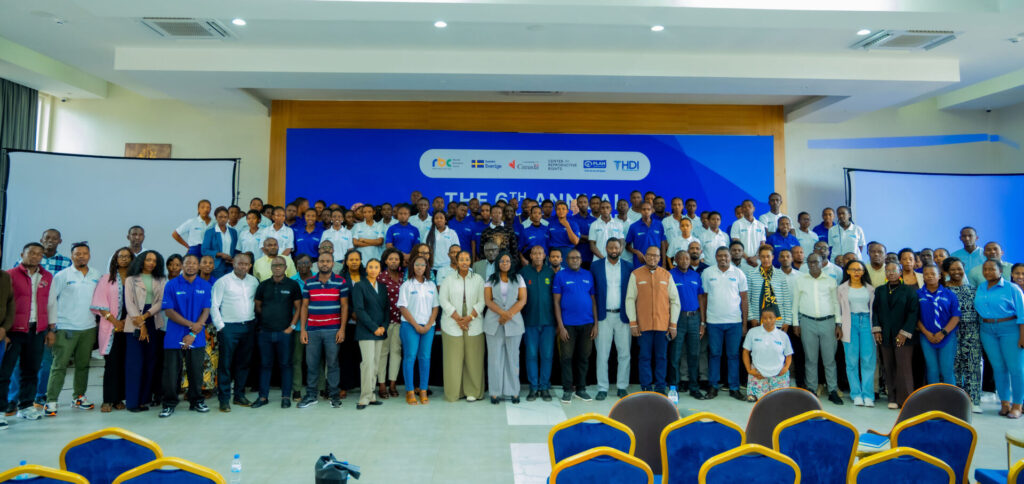
Introduction and Context
Adolescents in Rwanda still face challenges in accessing sexual and reproductive health services. About 60% of sexually active girls aged 15-19 cannot get the contraception they need, and many teenagers have never accessed SRHR services due to limited awareness and stigma (Reproductive Rights Center, 2025; BMC Public Health, 2025). Recent laws now allow adolescents aged 15 and above to access reproductive health services without parental consent, aiming to improve the provision of accurate information and safe SRH services.(Safe Abortion Action Fund, 2025).
The 6th Annual Adolescent Conference, that took place on 16–17 November 2025 brought together adolescents, policymakers, health professionals, and youth organizations under the theme “From Policy to Practice: Bridging the Gap in SRHR Access for Every Adolescent.” The event provided a space to share experiences, lessons, and strategies for better adolescent SRHR.
HDI Rwanda in partnership with the Swedish Embassy in Rwanda and Plan International Rwanda, the conference served as a safe space to reflect on progress, share lessons, and strengthen action on adolescent sexual and reproductive health and rights (SRHR).
Medical Doctors For Choice participated, presenting AASAPFinder, a digital platform connecting adolescents to reliable SRHR information and safe services, showing how technology can improve access across Rwanda.
Medical Doctors For Choice participated as an invited partner, showcasing AASAPFinder, a digital platform connecting women and girls to accurate information and safe SRH services. Digital innovation demonstrated how technology enhances access to accurate information and supports safe reproductive health choices across Rwanda.
Objectives
- Strengthen implementation of adolescent SRHR policies and laws.
- Engage adolescents directly with policymakers and service providers.
- Showcase youth-led innovations improving SRHR access.
- Identify gaps between policy and practice.
- Build partnerships to sustain SRHR progress.
Highlights
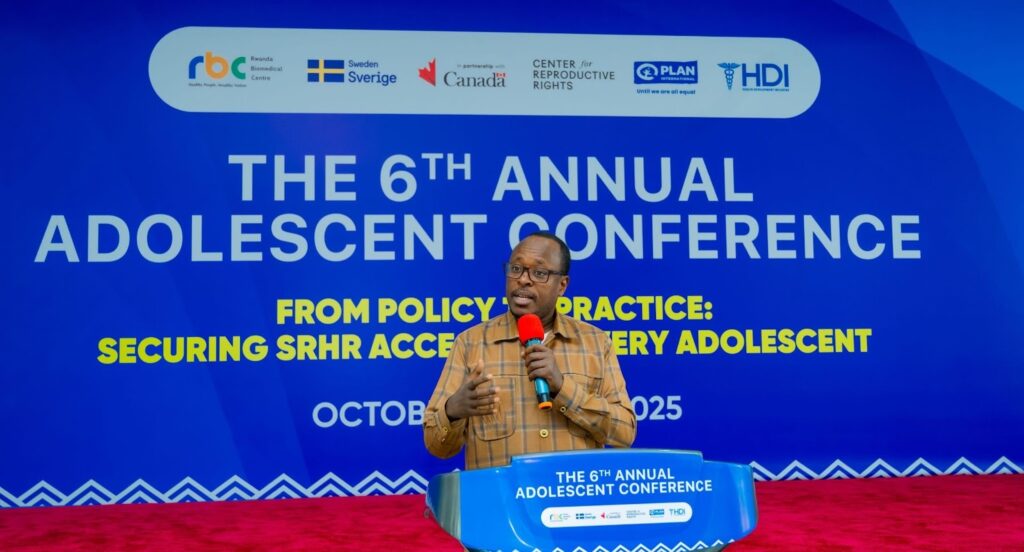
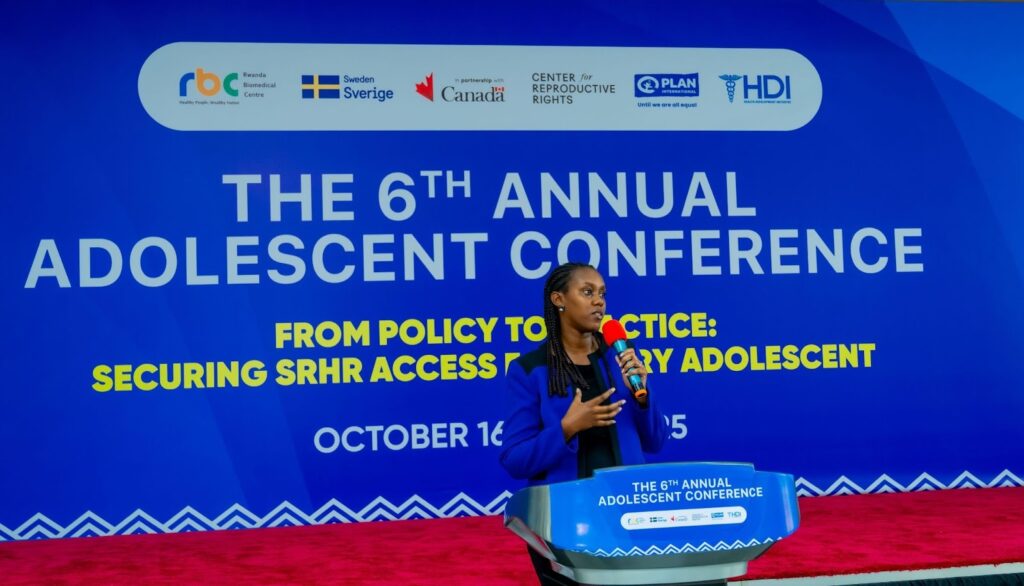
The conference opened with remarks from HDI’s Executive Director, who thanked partners and emphasized HDI’s commitment to collaboration; “HDI remains committed to working closely with all relevant partners to strengthen the delivery of SRHR information and services across Rwanda.” cc’d Dr. Kagaba Aflodis
Plan International’s representative, Benitha Kamikazi, emphasized this by emphasizing the need to empower adolescents to reach their full potential.
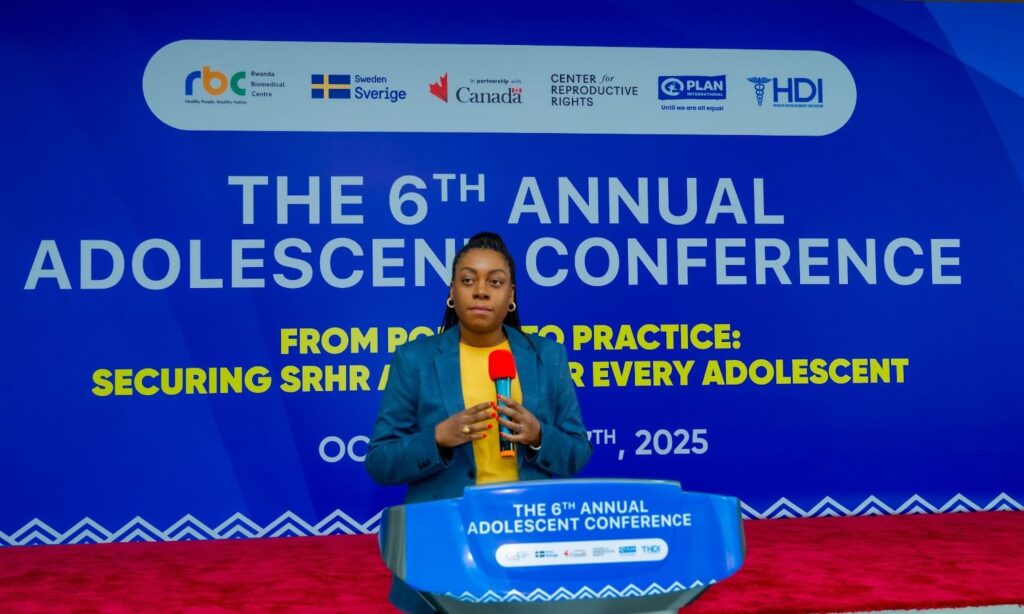
In his keynote address, the Deputy Director General of RBC reminded participants that “The future of adolescents’ health in Rwanda isn’t just about policy documents; it’s in your hands, your voices, and your ideas.”
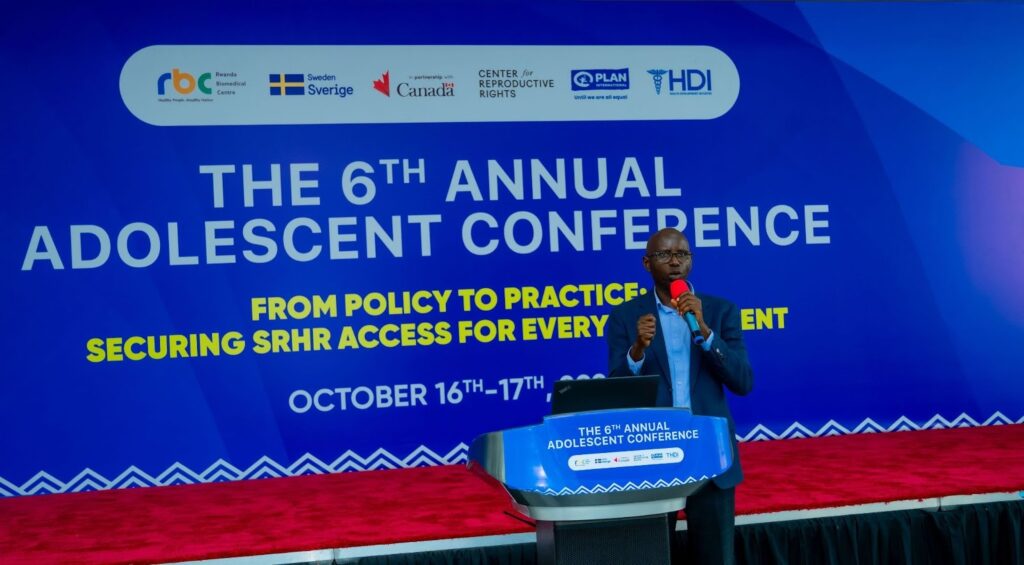
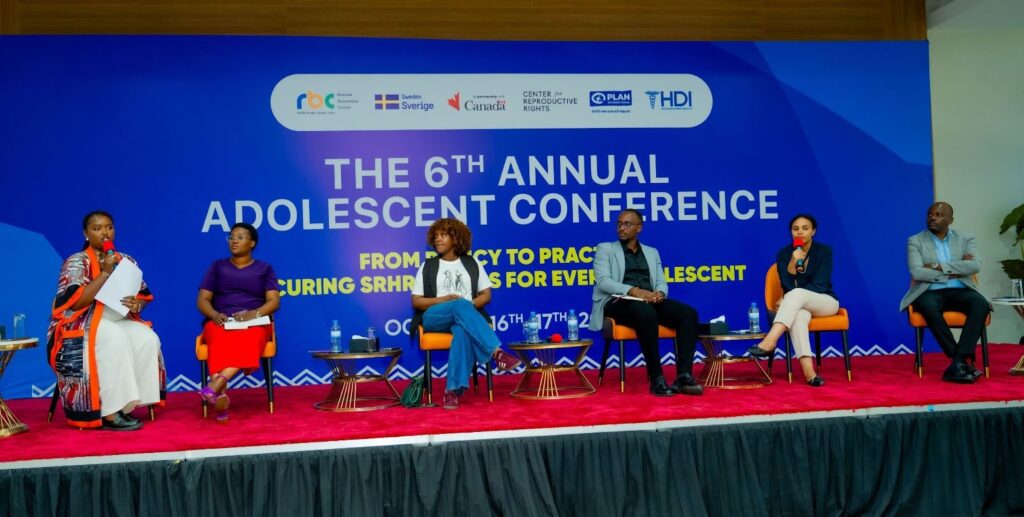
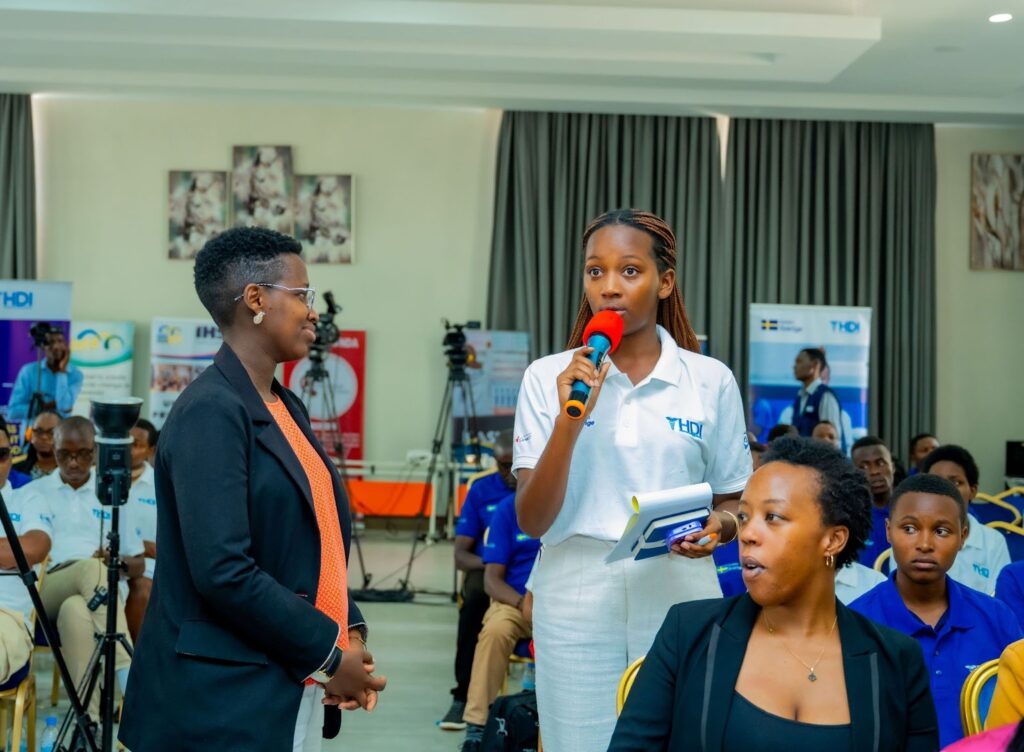
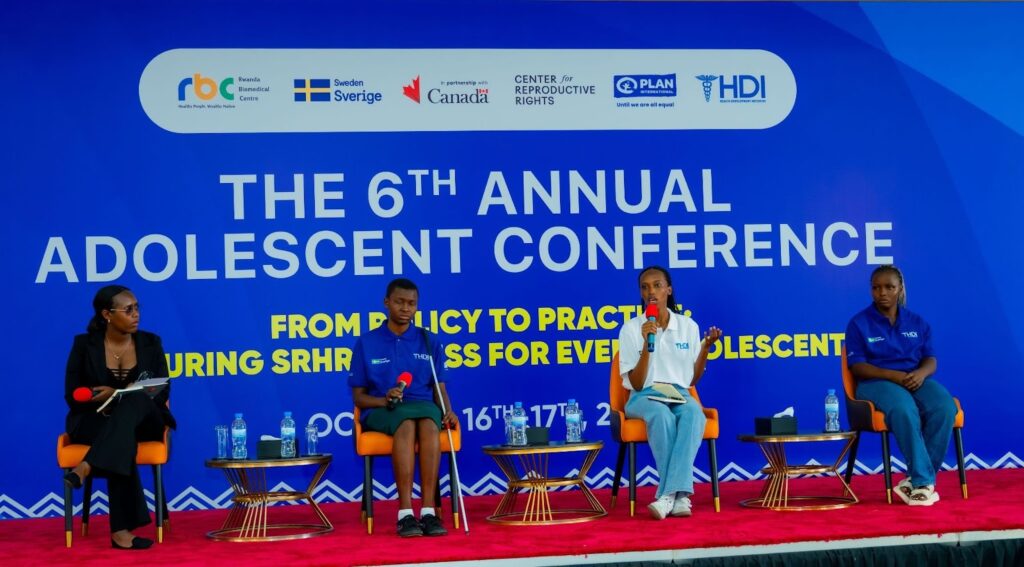
Key sessions included:
- Family Planning and AYSRHR Strategy: Led by RBC, outlining Rwanda’s next five-year SRHR priorities with emphasis on evidence-based planning and youth participation.
- Minimum Service Package for Adolescents: Highlighted confidentiality and quality in healthcare delivery.
- Youth-Led Panel: Adolescents shared personal experiences, revealing barriers such as stigma, misinformation, and limited access to youth-friendly services. Their voices called for inclusive, non-judgmental care.
- Innovation Showcase: Youth innovators presented creative SRHR solutions. MDFC’s AASAPFinder drew strong attention for bridging information gaps and linking users to verified service providers, illustrating technology’s growing role in SRHR.
The second day focused on turning policy into practice through improved coordination and accountability.
In breakout discussions, participants proposed integrating digital tools like AASAPFinder, expanding Comprehensive Sexuality Education (CSE), and ensuring continued youth representation in SRHR policymaking.
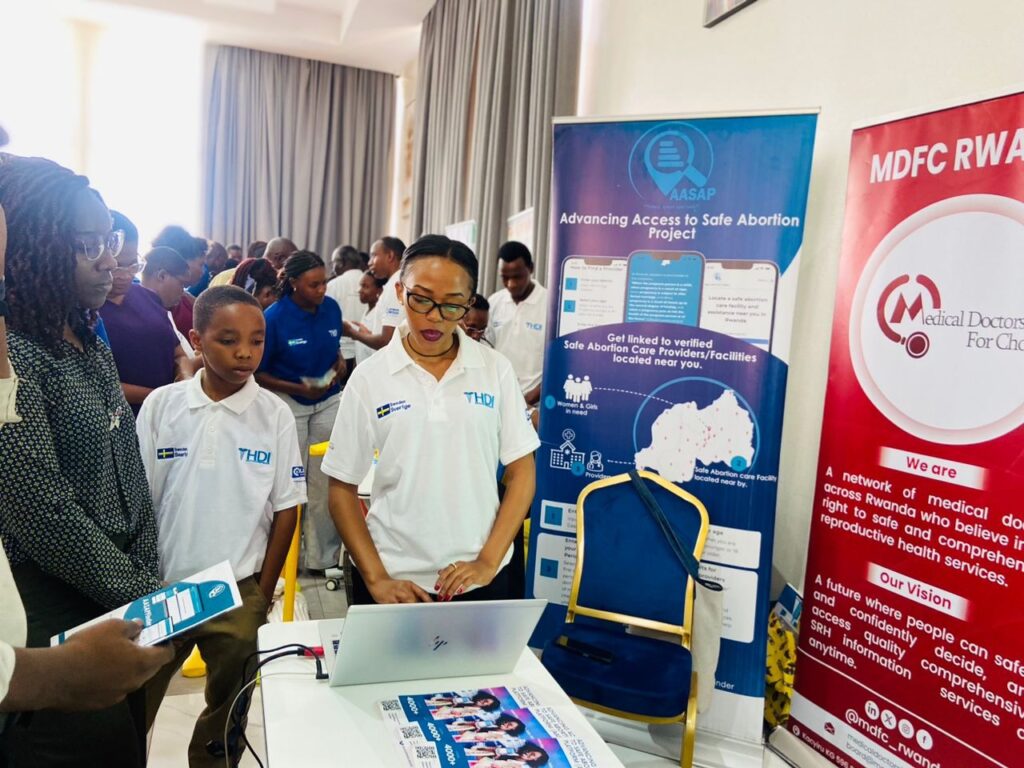
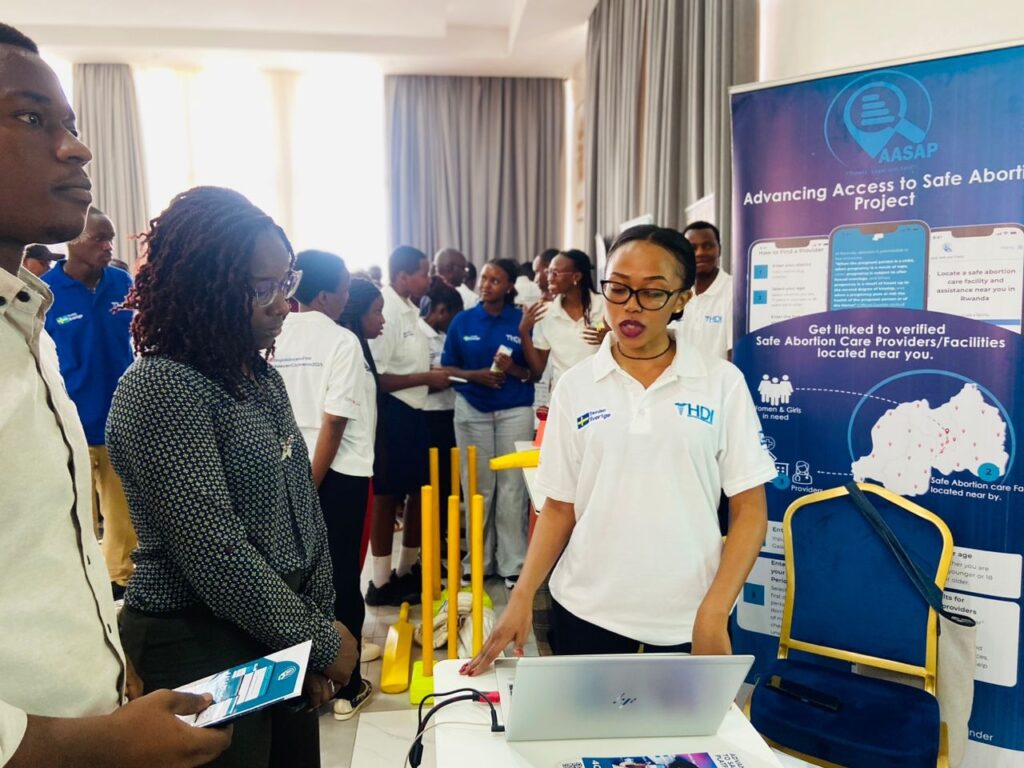
HDI’s closing remarks commended participants’ engagement and reaffirmed its commitment to building a more inclusive, youth-centered SRHR ecosystem.
Key Recommendations
- Strengthen coordination among government, civil society, and youth networks for effective SRHR law implementation.
- Integrate digital innovations like AASAPFinder to enhance access to accurate SRHR information.
- Prioritize inclusivity for adolescents with disabilities, refugees, and out-of-school youth.
- Improve provider capacity on confidentiality and adolescent-friendly care.
- Institutionalize youth participation in SRHR decision-making and monitoring.
Conclusion
The Conference exposed Rwanda’s commitment to bridging the gap between SRHR policies and real life access. The two days of dialogue and innovation showed that progress depends on collaboration, technology, and the active involvement of young people.
“Together, we move from policy to practice ensuring that no adolescent is left behind.”
